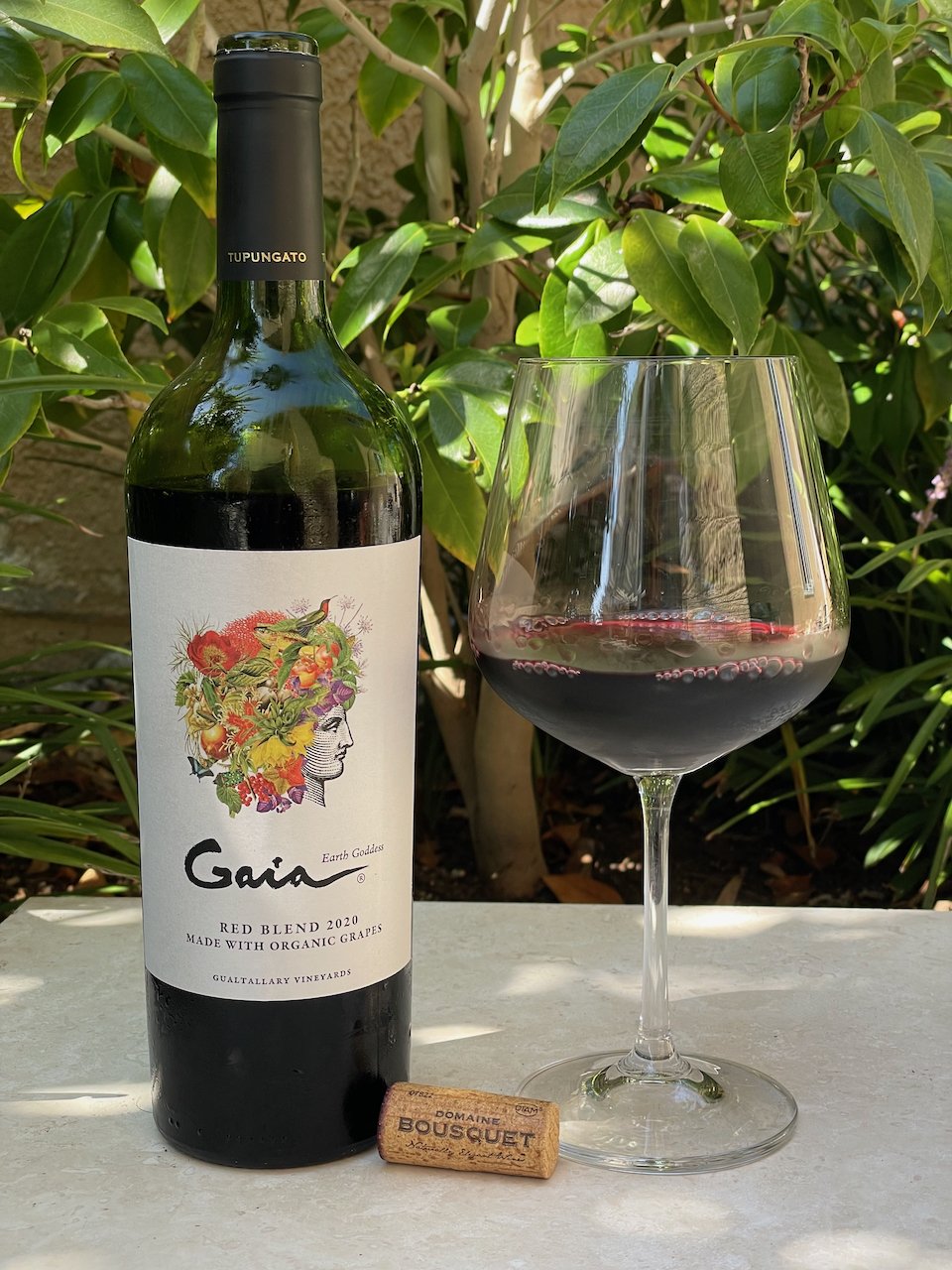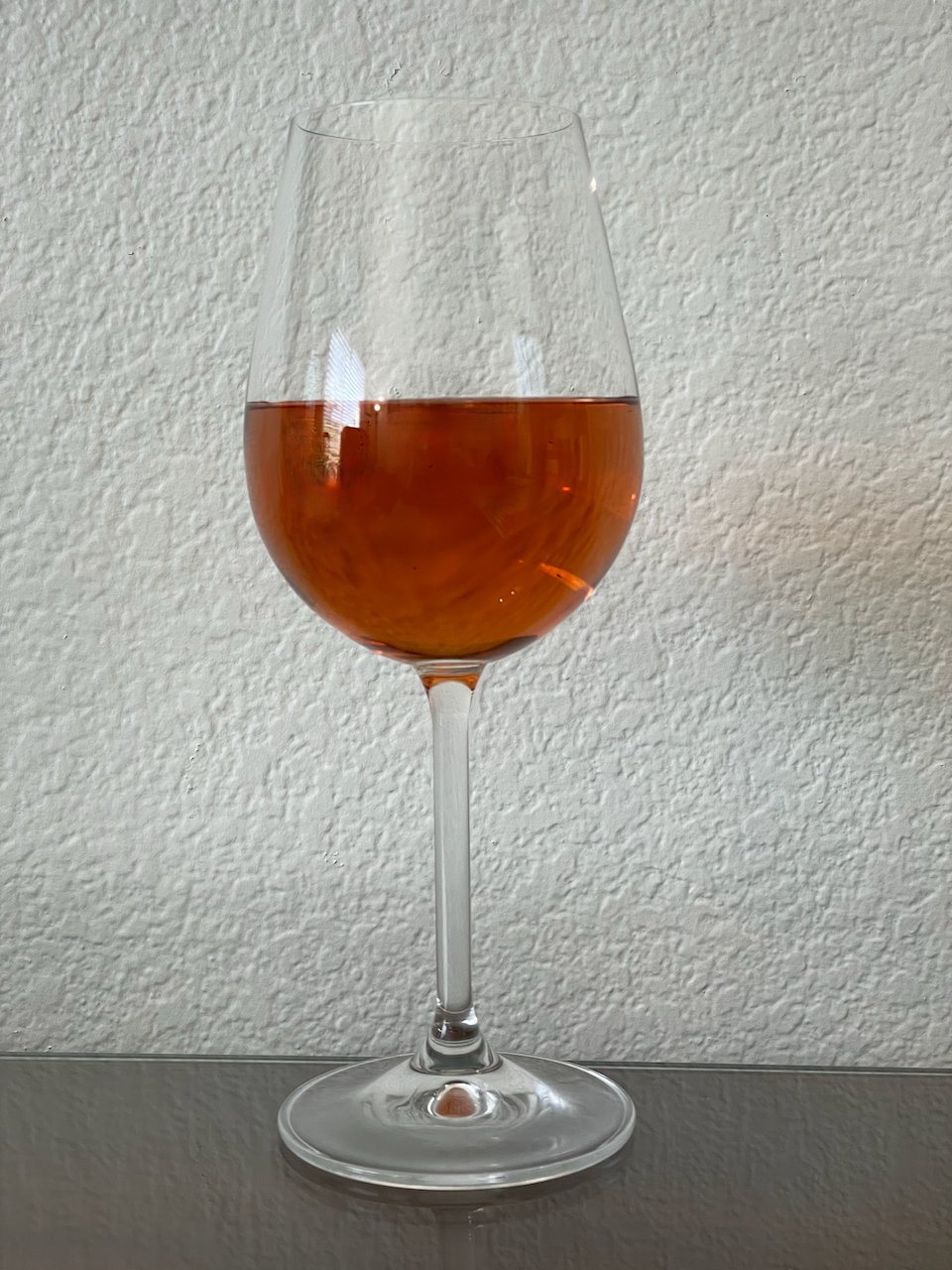Gaia, the Greek goddess of the Earth, has been the Bousquet family’s inspiration since founding the winery in 1997. Gaia labels depict the goddess in a festive headdress of colorful fruits and flowers.
Gaia wine are crafted with French winemaking sensibility and made from 100% organic fruit grown at a cool 4000 foot altitude.
Gaia (Guy-uh) red and white blend wines are a multi-varietal cornucopia of estate-grown grapes. This Old World tradition of blending varieties is updated to highlight modern, non-classic New World pairings. The primary grape comprises around 50% of the mix. With each year’s vintage, the bounty from the estate is blended a bit differently to reflect what Mother Nature has offered.
So, if you are looking for reasonably priced red wines from Argentina, look no further! Here are four options that offer incredible value without compromising on flavor:
2020 Gaia Organic Red Blend ($20) - This wine was produced from 50% Malbec, 45% Syrah and 5% Cabernet Sauvignon. It was fermented with selected yeast for 12 days with Maceration for 14 days. It was then aged for 10 months in French oak. It is medium purple in color with subtle aromas of red and black fruits. On the palate, this full-bodied red blend has flavors of black fruit and green peppercorn, with firm tannin. (14.5% ABV, 5.32 g/L Acidity, pH = 3.67 and 2.2 g/L Residual Sugar)
2020 Gaia Cabernet Franc ($20) - This organic wine was produced from 100% Cabernet Franc grapes. They were fermented with selected yeasts for 12 days with Maceration for 14 days. It was then aged in French oak for 10 months. It is medium purple in color with a strawberry jam and red fruit aromas. On the palate, this full-bodied wine has flavors of rich strawberry and raspberry along with tart cherry, firm tannin, good acidity and a hint of tartness on the finish. (14.5% ABV, 5.77 g/L Acidity, pH = 3.68 and 2.16 g/L Residual Sugar)
2019 Gaia Malbec ($20) - This organic wine was produced from 100% Malbec. It was fermented with selected yeasts for 12 days with Maceration for 14 days. It was then aged in French oak for 8-10 months. It is medium purple in color with bold aromas of blackberry and blueberry. On the palate, this full-bodied wine has flavors of black and red fruits, smooth tannin and a wonderful finish. (14.6% ABV, 5.85 g/L Acidity, pH = 3.58 and 2.56 g/L Residual Sugar). This wine was given 91 points by Wine Enthusiast and James Suckling.
Gaia Cabernet Sauvignon ($20) - This wine was produced from 100% Cabernet Sauvignon. It was fermented for 15 days with Maceration taking place for a full 30 days. It was then aged for 8-10 months in French oak. It is deep purple in color with aromas of sweet and jammy red and black fruits. On the palate, this full-bodied wine has flavors of black cherry with firm tannin. (14.5% ABV, 5.32 g/L Acidity, pH = 3.67 and 2.2 g/L Residual Sugar)
Overall, these four reasonably priced and widely available wines from Gaia showcase the country's diverse and vibrant wine scene, offering a range of flavors and styles to suit every palate. Thus, they are a perfect fit as this week’s Behind the Cork™ Wines of the Week! Decant each of these for at least one hour before serving, then enjoy! Cheers!
Sample Provided by Domaine Bousquet (via Creative Palate Communications)










